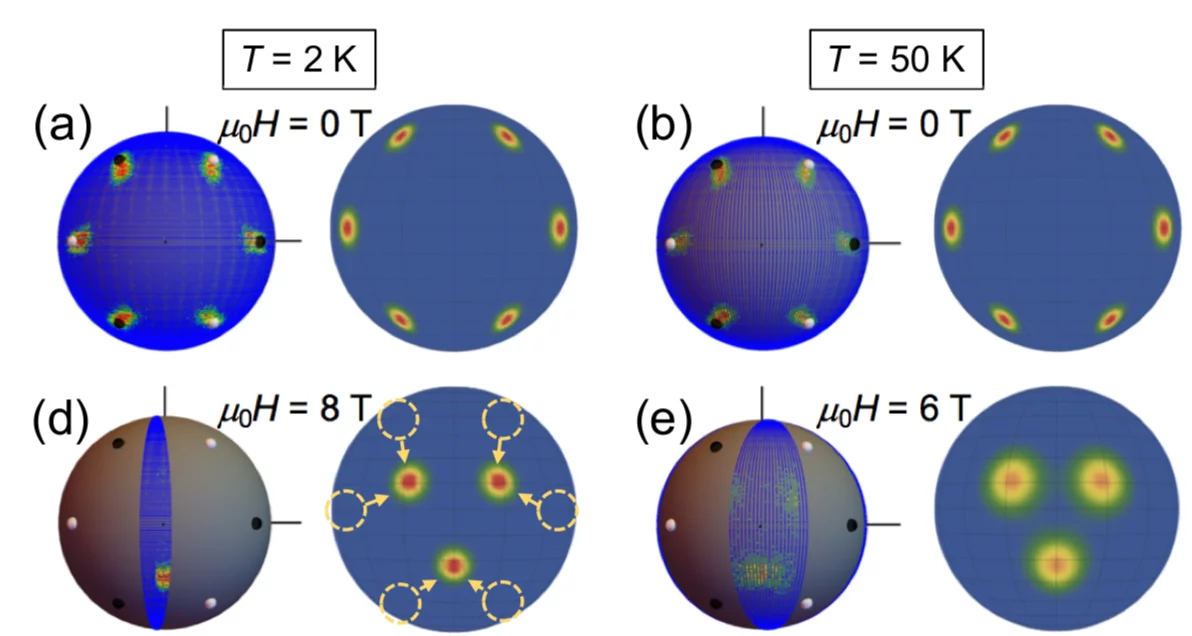In the three-dimensional (3D) Heisenberg model, topological point defects known as spin hedgehogs behave as emergent magnetic monopoles, i.e., quantized sources and sinks of gauge fields that couple strongly to conduction electrons, and cause unconventional transport responses such as the gigantic Hall effect. We observe a dramatic change in the Hall effect upon the transformation of a spin hedgehog crystal in a chiral magnet MnGe through combined measurements of magnetotransport and small-angle neutron scattering (SANS). At low temperatures, well-defined SANS peaks and a negative Hall signal are each consistent with expectations for a static hedgehog lattice. In contrast, a positive Hall signal takes over when the hedgehog lattice fluctuates at higher temperatures, with a diffuse SANS signal observed upon decomposition of the hedgehog lattice. Our approach provides a simple way to both distinguish and disentangle the roles of static and dynamic emergent monopoles on the augmented Hall motion of conduction electrons.
Facility: SINQ
Reference: N. Kanazawa et al, Physical Review Letters 125, 137202 (2020)
Read full article: here



